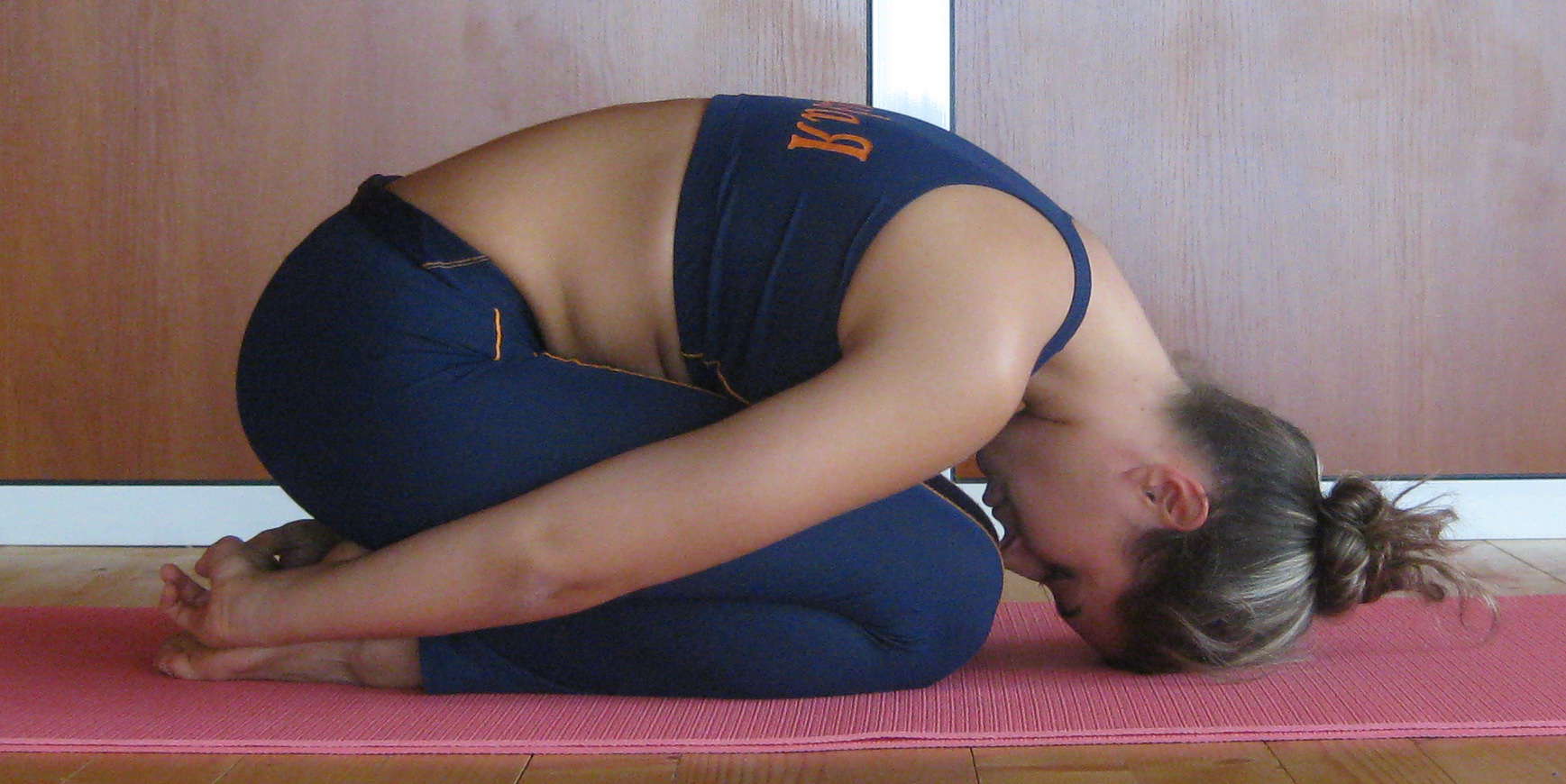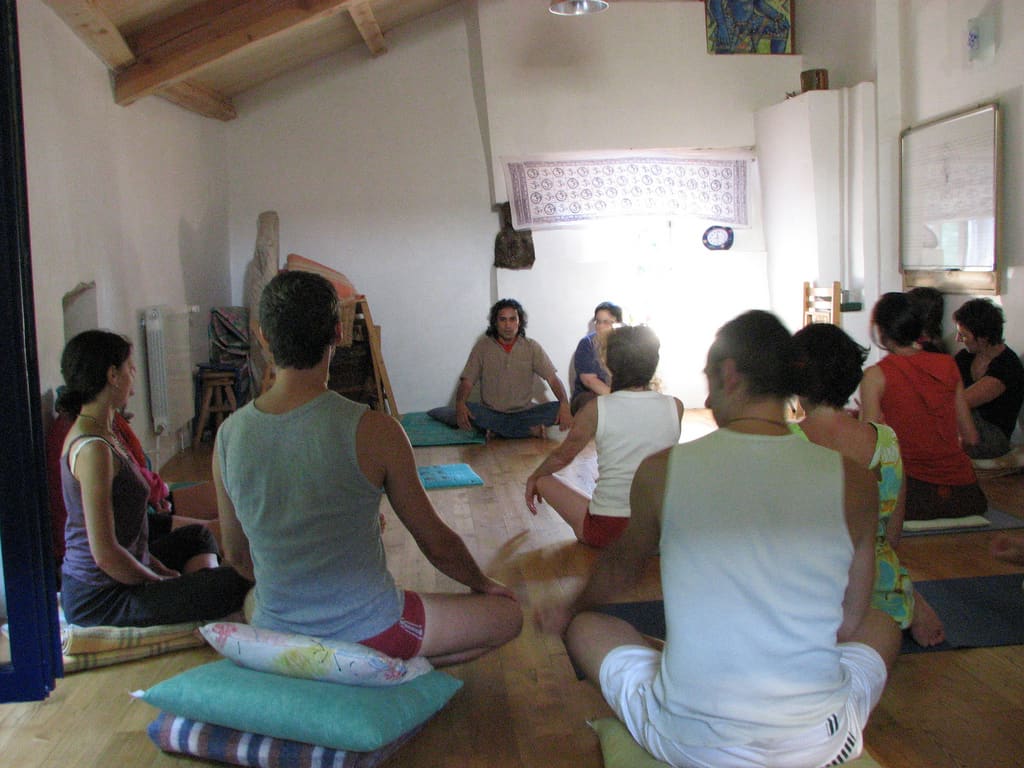Are you getting the most out of your mindfulness meditation? Odds are that you could be getting a lot more out of it, without making massive changes to your practice. The beauty of mindfulness meditation is that it’s a practice that grows with you, one that you can mold with intention. Whether you’ve been practicing mindfulness for years or are relatively new to meditation, here are ten things that you’re probably getting wrong and how to fix them.
1 – Worrying
Photo credit: quapan via Foter.com / CC BY
The biggest roadblock for most people when they begin a mindfulness meditation practice is worrying whether they’re doing it wrong. Let’s begin by laying down one hard and fast rule here – there is no wrong way to meditate. There will always be ways that you can improve your meditative practice, such as the ways that we list here. These improvements will allow you to get more of what you’re seeking out of the process, but there is never a wrong way to do it. Let go of worrying about whether you’re doing it right and you’ll notice an instant improvement.
2 – Waiting to Start
It’s common for people in the beginning of their practice to wait for the right time to start meditating. In fact, it is true that there is a perfect day to begin a meditative practice – today. A seed will never grow if you don’t plant it. You don’t need to wait for a retreat or a guru to come into your life. Procrastination in any area causes undue stress in your life. So start today.
3 – Feeding the Ego
Photo credit: Flickr user Bexx Brown-Spinelli / CC BY
Meditation is not a means to being spiritually superior to others. Realize that even the best of us struggle with ego, but then also stay aware of the fact that wanting others to see how amazing you are at meditation is not productive for you or for them. Feeling at ease with yourself about ego is an important part of the process, because you aren’t ever going to get rid of it completely. The point here is to shift your focus in meditation to you and away from others.
4 – Battling Distractions
Photo credit: llyglad via Foter.com / CC BY-ND
Early in a meditative practice, it’s common for people to battle the distractions that are all around them. They can find themselves fighting with the sounds and textures, becoming frustrated because their environment is intruding. It is important to let those outside forces become part of the experience. One good way to combat this is to try meditating in a place that you know holds a lot of distraction like a park, a library or a restaurant. Learning to embrace those distractions rather than battling them is essential to a successful mindfulness practice. This topic will come up more and more,
5 – Limiting Postures
Photo Credit: Iveto CC BY-SA via Wikimedia Commons
There are so many ways to meditate, and seated in a perfect lotus position isn’t the only one. If your body isn’t ready to allow you to sit comfortably on a cushion on the floor, then try sitting in a chair, or even lying down. What’s most important is that the body is arranged in such a way that facilitates the freeing of the mind; not that its position follows some prescribed form. There is a way that will work for your body, though you might have to try several positions to find it.
6 – Abandoning Meditation
You may not see the benefits of your meditative practice immediately. Meditation is not an instant fix (nothing in life is an instant fix). It is a long term process that requires discipline. You will find that you’re able to get some amazing benefits in a fairly short period, but you will need to stick with it for a time in order to see results. When you’re frustrated and feel like this is just not working, then hang on for another week – normally it takes four to six weeks for individuals to begin to see results.
7 – Getting Frustrated with Thinking
Photo credit: M I S C H E L L E via Foter.com / CC BY-NC-ND
Meditation is about the mind, and one common refrain from people who are struggling is that of “I can’t stop thinking,” to the point that they don’t meditate. First off, realize again that there is no wrong way to meditate. Turning off thoughts is not something that is going to magically happen because you sit down on a cushion, nor is completely turning your brain off the only way to meditate. This whole process is incredibly complex, and that’s because your life and your mind are incredibly complex. Unwind your expectations of and your demands on your thinking and you’ll improve your practice. If you find yourself bothered by your level of thought during your meditative practice, you might want to reach out for some guidance.
8 – Timing Meditation
Photo credit: M I S C H E L L E via Foter.com / CC BY-NC-ND
You don’t have to meditate for thirty minutes at a stretch in order to get benefits. Ten minutes is a doable time that is the minimum that’s been shown to be beneficial. Even if you’ve been meditating for a while, it’s perfectly fine to experience periods where you’re not sitting for quite so long. Keeping your practice going is what’s important. However, you will find that when you do meditate for longer periods of time, you get more out of the process, so it’s important to keep growing and developing.
9 – Researching Constantly
Photo credit: Leo Hidalgo (@yompyz) via Foter.com / CC BY-NC
A big mistake that we make is thinking and then over-thinking instead of doing. Mindfulness is like riding a bike, you can read about it and talk about it, but you can’t have an understanding of it until you do it. More research won’t help you to learn how – the only way to ride is to get out and get on an actual bike. If you spend more time reading about mindfulness than working on your practice of it, then you’re going to be out of balance. Meditation is very much an experiential endeavor, and much less a thinking endeavor.
10 – Only Meditating Alone
Photo credit: kahala via Foter.com / CC BY-NC-ND
Meditation is not just a solitary practice! If you have never tried it in a group setting, then it’s time to. Sitting in a room in silence with other people may not sound like a bonding and enriching experience, but it actually is very much so. The first time that you sit with another person, you’ll instantly find that your practice improves. You also then have the opportunity to discuss the practice with your fellow practitioners, which is a fantastic learning opportunity. If you don’t have a local group to meditate with, then try joining an online community to deepen your practice. Mindfulness is about connection, with yourself and the world that surrounds you.










